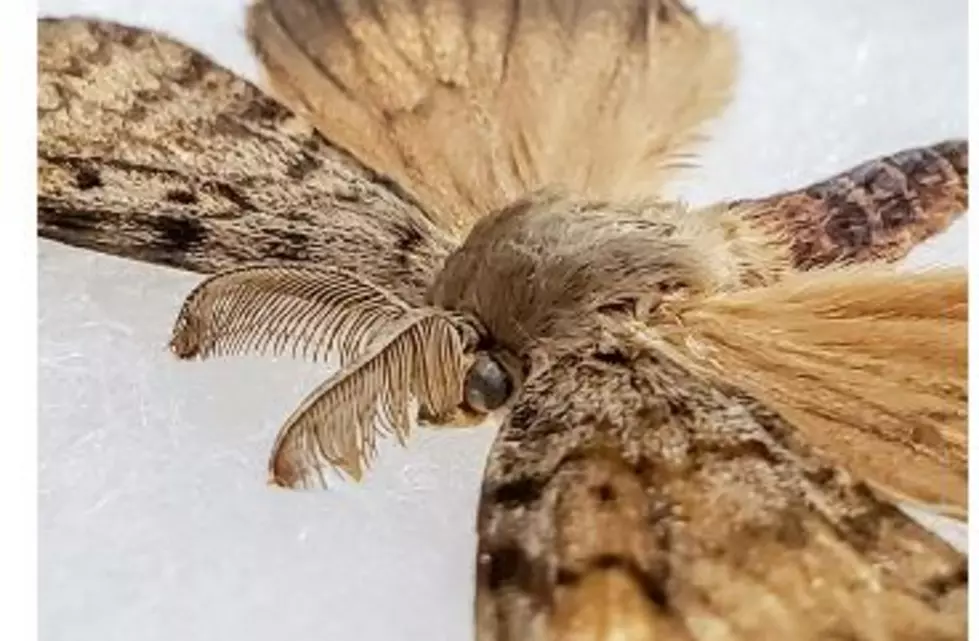
WA State Declares Emergency Over Spongy Moth Infestations
Formerly known as the gypsy moth, the spongy moth is considered one of the biggest threats to foliage and ecosystems. Now, a state of emergency has been declared in parts of Western WA.
Moths can defoliate (eat-destroy) plants rapidly
The Washington State Department of Agriculture says the moth is one of the most destructive forest pests ever introduced into the US, it has defoliated millions of forest lands in the East, and it has now spread to the West. According to WSDA:
"The spongy moth caterpillars can eat the leaves of over 300 species of trees and shrubs. They prefer broad-leaf deciduous trees, but can also defoliate evergreen trees. Defoliation usually does not kill deciduous trees directly, but the added stress makes the trees susceptible to other pests that may cause death."
Now parts of Western WA are under a state of emergency concerning infestations. Gov. Inslee's office released this information on Wednesday, May 8th:
"Gov. Jay Inslee issued an emergency proclamation today due to the imminent danger of an infestation of the non-native plant pests spongy moth (Lymantria dispar L.), formerly known as the gypsy moth. The imminent infestation is in the Steamboat Island Road and US Highway 101, Thurston County area (roughly 1,383 acres), and also near the town of Concrete, Skagit County area (roughly 920 acres). "
They have also been trapped in King, Skagit, Pierce and other western counties. They were first located in WA in 1991, but not until the last few years have they grown to the point where they are a genuine forest threat.
LOOK: 20 of the biggest insects in the world
Gallery Credit: Andrea Vale
More From PNW Ag Network







